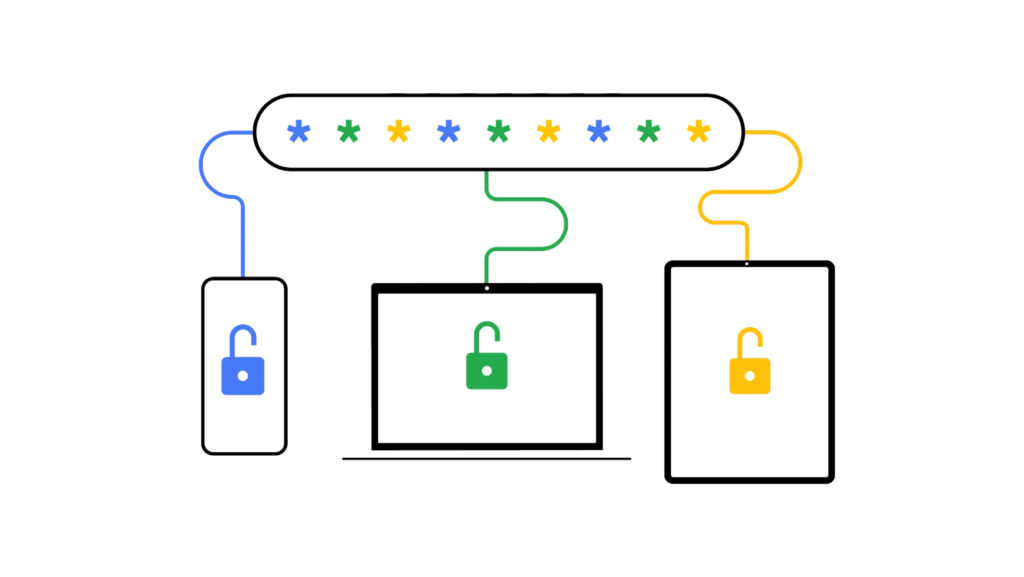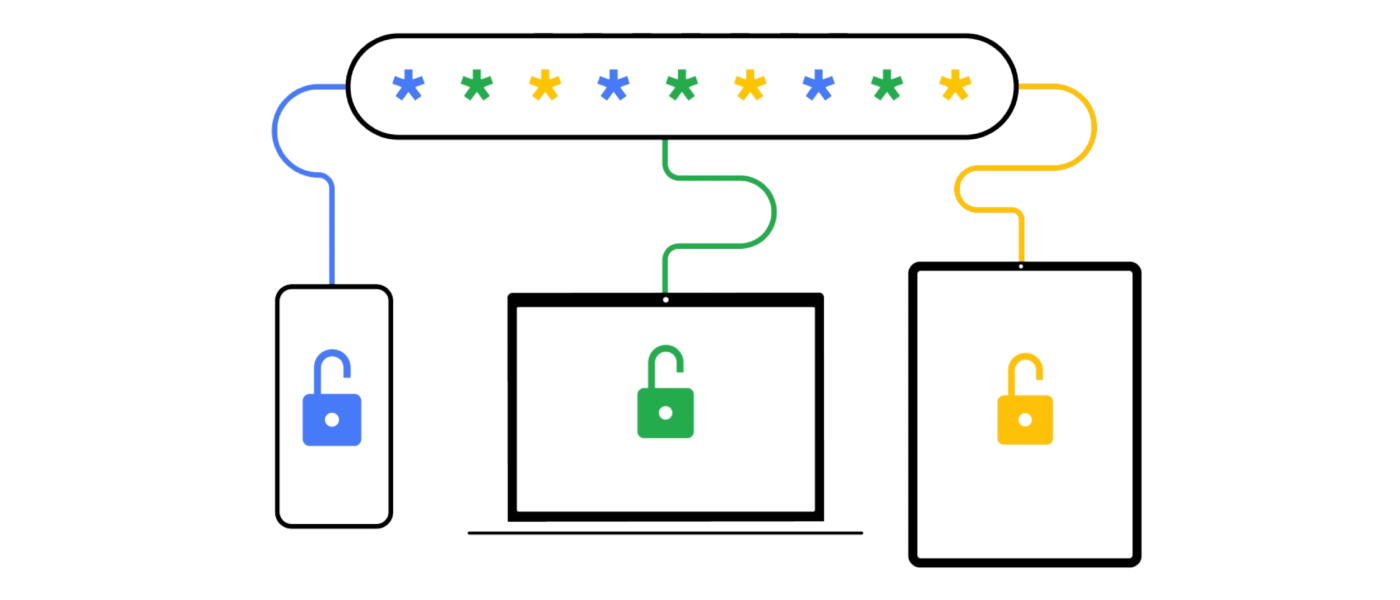Beyond Lock and Key: Exploring Google’s Algorithms for Fortifying Passwords and Browsing History

As a global leader in technology, Google has put strong security measures in place to safeguard user passwords and browsing data. Google makes sure that critical information is secured and protected by using cutting-edge algorithms.
Google’s algorithms are essential for securing user data and passwords in browsers. Google protects user information from illegal access using strong password hashing, salts, two-factor authentication, automatic password generation, and encryption techniques. To maintain a secure online presence, users must adopt excellent password hygiene habits, such as using unique passwords, enabling two-factor authentication, and frequently updating their browser and operating system software. We can make the internet a safer place for everyone by combining Google’s algorithms with responsible user conduct.
This article will explore the algorithms used by Google to protect users’ passwords and browsing history, illuminating the safety measures taken by the search giant to guard its users’ private information.
Password Encryption
Google protects user credentials using industry-standard encryption techniques like AES (Advanced Encryption Standard). A password is instantaneously encrypted before being saved after being input or saved. Using a cryptographic key, encryption transforms the password into an unreadable format, making it far more difficult for unauthorized parties to figure out the original password.
Transport Layer Security (TLS)
Google uses the Transport Layer Security (TLS) protocol to protect passwords while they are being transmitted over the internet. TLS guarantees secure communication by encrypting data to guard against hacking and eavesdropping between the user’s device and Google’s servers. As passwords travel across the network, this protocol creates a secure and encrypted connection to ensure their confidentiality and integrity.
Hashing and Salting Techniques
To protect the passwords it stores, Google uses strong hashing algorithms like bcrypt or scrypt along with salting techniques. Passwords are converted into distinct fixed-length character strings using hashing. Before hashing, salting entails adding a random value (salt) to each password. In this way, even if an attacker has access to the stored data, they will have a very difficult time reconstructing the original password from the salted one.
User Authentication Tokens
Tokens used for authentication are used by Google to validate users. A token is produced whenever a user logs in; this token is evidence of the user’s authenticated session. This token is exchanged with Google’s servers for subsequent requests after being safely stored on the user’s device. Google lowers the need to transmit and keep passwords by employing tokens, lowering the possibility of password-related issues.
Automatic Password Generation
Password generators that are integrated into Google’s algorithms assist users in coming up with secure passwords for their accounts. These algorithms provide safe passwords that are challenging for hackers to decipher by taking into account a number of variables, including length, complexity, and the avoidance of common patterns.
Synchronization and Encryption
Google’s Chrome browser supports cross-device synchronization of bookmarks and history. Encryption methods are used to safeguard this synced data. When users sign into their devices with their Google credentials, their data is encrypted locally before being sent to Google’s servers. Data synchronization is encrypted so that only authorized devices can access the data.
Browsing History Encryption
Google’s Chrome browser, which is widely used, uses encryption methods to keep user data secure. Information about a user’s online activities, such as their URL history, search terms, and downloads, is encrypted locally using methods such as AES. Even if the device is stolen, the stored browser history will be encrypted and inaccessible to criminals.
Differential Privacy
To ensure users’ anonymity while yet gaining insights from their surfing habits, Google has used differential privacy measures. To protect sensitive user information, differential privacy blurs the data with random or statistical noise before it is analyzed. By using this method, Google is able to derive useful insights from anonymized, aggregated browser history data.
Conclusion
Passwords and browsing history are encrypted using advanced algorithms, evidence of Google’s commitment to user privacy and security. Google guarantees the security of private data by using security measures such as encryption, hashing with salting, TLS protocols, authentication tokens, and differential privacy approaches.
Swikriti Dandotia




